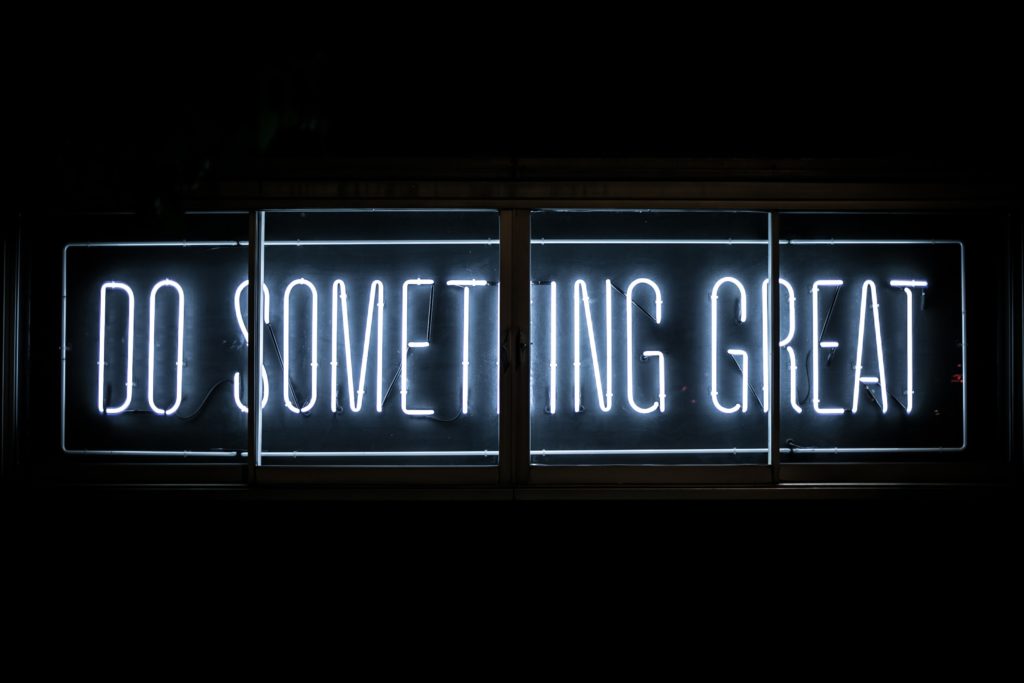Swiping Right for Social Enterprise
Procurement should be swiping right for Social Enterprise to create broader outcomes. It’s not the easiest change to make, but it’s a vital one for the future.
 Photo by Clark Tibbs on Unsplash
Photo by Clark Tibbs on Unsplash
Doing things in new ways can be awkward. It’s like dating, there is nervous tension about expectations versus reality and how you will be perceived. Will you be able to “sell” your positive traits well? Will the other person measure up to your idea of success? Do you split the bill or pay for the whole thing? All of the rules from your last relationship have gone out the window – this is new territory.
In New Zealand, the Government has recently changed the procurement rules by shifting the focus towards ‘Broader Outcomes‘.
“Broader outcomes are the secondary benefits that are generated by the way a good, service or works is produced or delivered. These outcomes can be social, environmental, cultural or economic benefits, and will deliver long-term public value for New Zealand.
Broader outcomes require you to consider not only the whole-of-life cost of the procurement, but also the costs and benefits to society, the environment and the economy”
New Zealand Government Procurement Rules
There is no longer a focus on value for money, which is sometimes treated by some as getting the lowest price. The focus is on public value which is multifaceted.
What Else is New?
There have been other subtle changes to the Procurement Rules which have removed barriers whether they were real or perceived. The direction is set, the path has been cleared and now we must dust off our dating profiles and learn to do business in different ways.
We must actively seek commercial outcomes that derive social impact. This is not to say that was not in the consciousness before, but it was not quite as front of mind as it is now.
Challenges of Putting Yourself Out There
This welcomed change brings about some challenges. There are varying degrees of experience and knowledge of working in a more agile or lean manner within procurement ecosystem. Applying new ways of working to the core machinery of Government can be even more challenging.
While the appetite is there, it can take some time to grease the entire wheel to move. There are many sectors and government agencies where these types of models and ways of approaching procurement have been around for eons.
It’s about bringing together the case studies of what has worked well and applying them more liberally to other opportunities.
Procurement functions can feel pulled, with one foot stuck in the traditional process driven tendering world and the other foot in the new procurement world. The new world focuses on early engagement and co-designing solutions more than ever before.
In the new world, procurement adds value at the beginning of the process and through effective contract and supplier relationship management. Procurement is not the process, in fact this will be largely automated in the not so distant future.
The new world suits the smaller businesses, the start up’s, the social enterprises as it makes Government more easily accessible.
Who are we Swiping Right for?
There has been a marked increase in interest in social enterprise or purpose driven businesses. This does not mean discriminating for these types of businesses but rather, deliberately bringing them on the journey or slicing up parts of projects that may be better delivered by these types of businesses.
It’s about giving them a voice at the concept stage or joining them up with other larger businesses who can bring in the big guns and who are sometimes better placed to take on larger risk.
The Awkward Social Enterprise Disco
Generically speaking the large buyer (particularly government) can look at start-up’s or small businesses with a high degree of risk and uncertainty.
- Can they met all of our requirements?
- Can they grow to meet the evolving capacity demands that successful projects often breed?
The smaller supply side of the fence often look at government as impossible to break in to, focused on lengthy tenders, slow to move and offer contracts that require extreme liability stances or loaded risk that shifts the balance towards the supplier. A small start up or social enterprise, for example, might not have the knowledge to begin to deal with our often seemingly fixed ways of working.
What’s Working?
The movement is happening, here is what I see:
- Agencies working together
- Buyer and supply side meeting and connecting
- Different sectors of the supply side engaging to work together
- More and more green lights everywhere: internal buyers, management, stakeholders, suppliers and the rules are more supportive
- Procurement functions are helping to facilitate the gap by connecting supply markets and private sector with internal buyers
- Procurement functions are working with the internal buyers by showing different ways of managing the process, e.g. co-design, agile, sprints, early supply market engagement.
- Starting small, not tackling the significant contracts first.
Why Bother?
Because we should, because it’s the right thing to do and because spending the same dollar twice by making an impact and providing tangible social good with taxpayers’ money. Just. Makes. Sense.